Introduction: The Science of Color

Color is not just a visual delight; it holds profound scientific significance too. For contemporary acrylic artists such as myself, understanding the science behind colors is invaluable. From the basics of the color wheel to the intricate psychological effects, this blog post will take you on a journey through the remarkable science of color, providing insights that will inspire and elevate your artistic creations.
The Color Wheel: A Foundation For Creativity

The color wheel is a fundamental tool for every artist. It helps us comprehend the relationships between colors and serves as a guide for creating harmonious compositions. By analyzing the color wheel, we can identify primary, secondary, and tertiary colors. Understanding these relationships empowers artists to make informed decisions when selecting their color palettes, resulting in balanced and visually captivating artworks. For more on this, check out my recent blog post The Color Wheel & Color Theory.
The Power of Pigments: Chemical Magic At Play
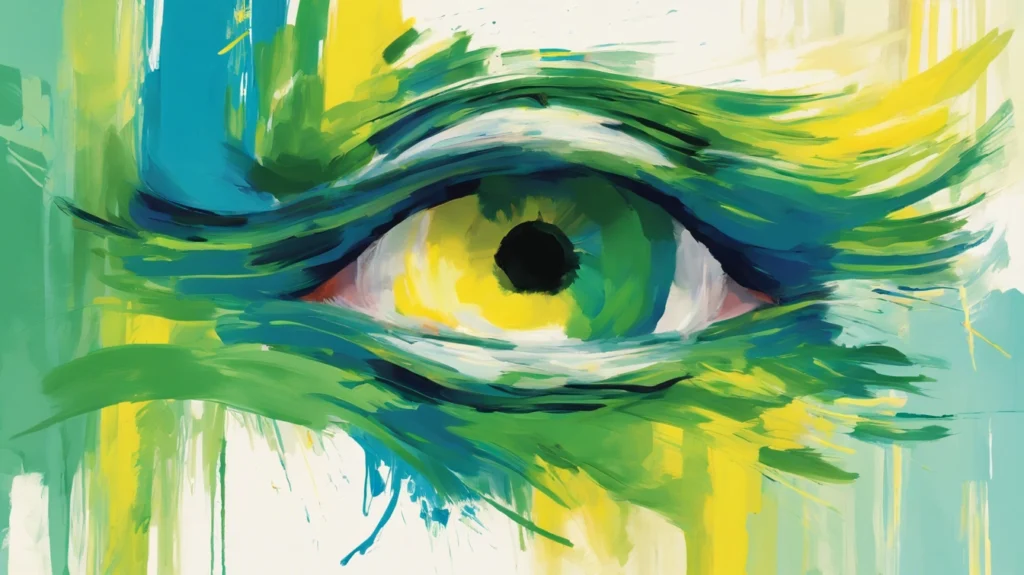
As an acrylic artist, it’s essential to grasp the chemistry of pigments. Pigments are responsible for producing the vibrant hues that grace our canvases. Each pigment possesses unique properties, such as hue, value, and saturation. By delving into the science of pigments, you can harness their characteristics to achieve various effects, such as opacity, transparency, or luminosity. Understanding how pigments interact with light enables you to create captivating visual experiences for your viewers. For more on this, check out my blog post The Color Wheel & Color Theory.
Colors & Emotions: The Psychology of Perception
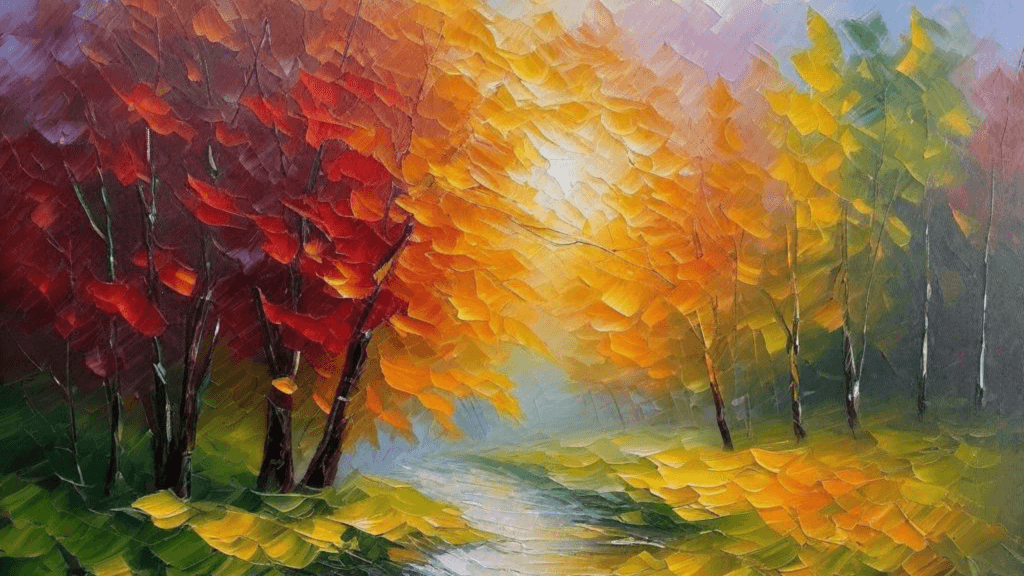
Colors have the power to evoke emotions and influence human psychology. The field of color psychology explores how different colors can elicit various feelings and moods. Warm colors like red and yellow can evoke passion and energy, while cool colors like blue and green often create a sense of tranquility. By understanding the emotional impact of colors, artists can purposefully choose color palettes that convey specific messages, enhancing the overall impact of their artwork. For more on this, check out my recent blog post The Psychology of Color: A Comprehensive Guide.
The Play of Light: Illuminating the Color Spectrum

The science of color is closely entwined with the physics of light. Understanding how light interacts with different surfaces and colors is crucial for a contemporary acrylic artist. When light hits an object, it is either absorbed, transmitted, or reflected. The colors we perceive are the result of wavelength-dependent reflection. By skillfully manipulating light and employing techniques like shading, artists can breathe life into their artworks, creating depth, texture, and luminosity.
Color Harmony: A Symphony For The Eyes
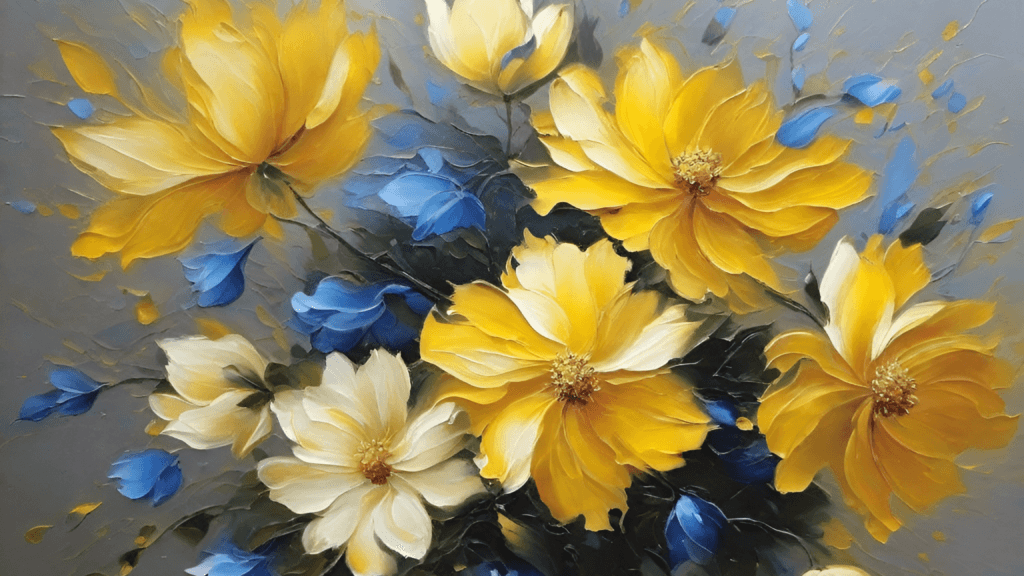
Achieving color harmony is key to creating visually pleasing compositions. Artists can employ various techniques to achieve this, such as complementary color schemes, analogous color schemes, or monochromatic color schemes. Complementary colors, located opposite each other on the color wheel, create vibrant contrast. Analogous colors, found alongside each other on the color wheel, create harmony and cohesion. Monochromatic schemes, using different shades and tints of a single color, impart sophistication and serenity to an artwork. Understanding these color harmonies empowers contemporary acrylic artists to create aesthetically pleasing and captivating compositions.
Cultural Significance of Color

Colors have different cultural meanings and symbolisms across various societies and epochs. Exploring the cultural significance of color can add depth and layers of meaning to your artwork. For instance, while in Western cultures white symbolizes purity, in some Eastern cultures, it signifies mourning. Being cognizant of these cultural nuances enables artists to better connect with diverse audiences and provoke contemplation and dialogue through their creations.
Neuroaesthetics: The Science of Color in Art
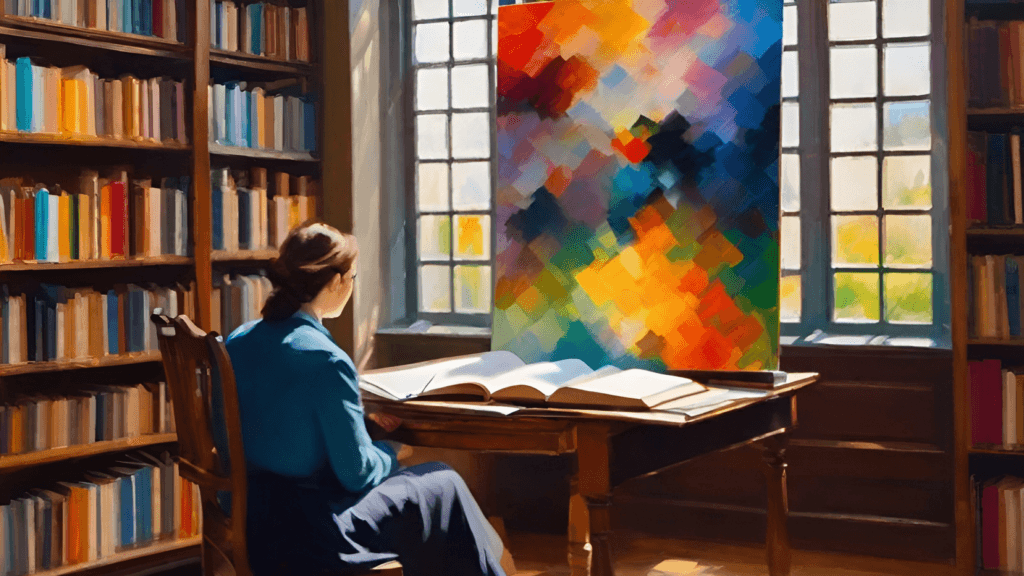
Neuroaesthetics, a field merging neuroscience and aesthetics, investigates how the brain perceives and processes art. Several studies have explored the brain’s response to color, unveiling the neural mechanisms responsible for our visual perception and emotional response. By understanding this science, contemporary acrylic artists can refine their artistic choices and create works that captivate and enthrall viewers at a deep physiological level.
Conclusion: The Science of Color
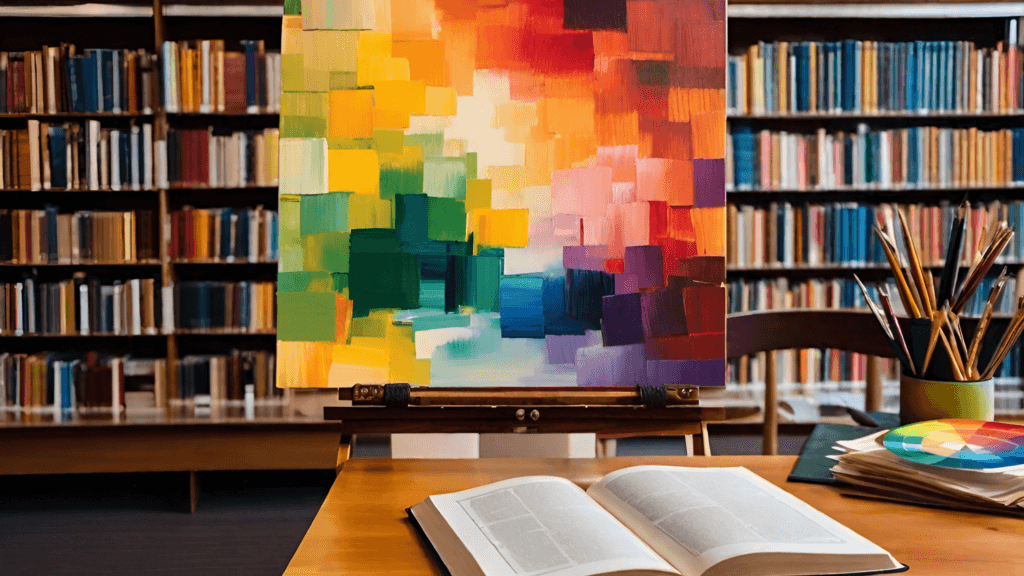
In conclusion, the science of color holds immeasurable value for contemporary acrylic artists. From understanding the color wheel and pigments to delving into the psychology of perception and cultural significances, this blog post has shed light on the essential elements of color science. By embracing this knowledge and applying it consciously, artists can elevate their creations, harnessing the power of colors to convey emotions, provoke thoughts, and create captivating visual experiences.

